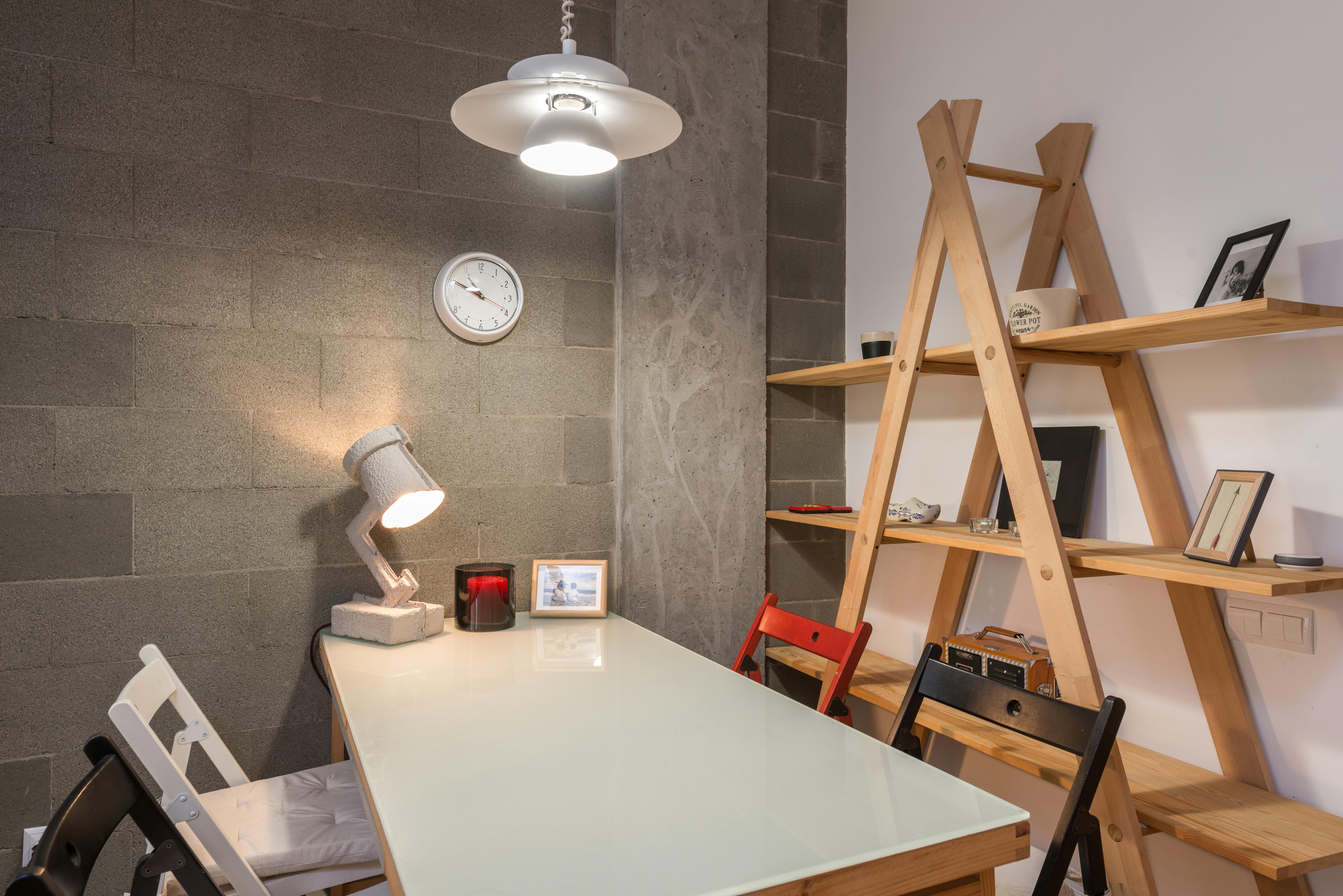Investors have long discussed, argued and debated whether single-family homes or multi-units are better for their real estate investment portfolio.
There are advantages and disadvantages to each and I’ll briefly highlight a few of them below.
Let’s start with single-family homes.
Single-family homes are often easier to finance, easier to find long-term tenants, and easier to sell.
They are easier to finance because you can go to almost any bank and get a loan for non-homeowners, often with a very low down payment. (But keep in mind that, as of this writing, May 2008, the requirements for loans have become significantly more stringent.)
Single-family homes are easier to find long-term tenants because many renters prefer to live in a single-family home rather than share a wall and/or ceiling with multiple neighbors in a multiplex unit. Renters also tend to stay longer because those who rent houses rather than apartments tend to have more stuff and don’t like to move it as much.
Since you can sell your single-family home to another investor or to any family looking for a home, you have a very large market in which to liquidate your property.
Another advantage of single-family homes is that there are so many of them. However, single-family homes tend to cost more per unit, and an income-based approach to pricing is more difficult to justify.
If you looked at the cost per rental unit, single-family homes tend to be much higher than the cost per unit of similar multiple units (in terms of bedroom/bathroom).
Since single-family homes are built primarily for and sold to owner-occupants, they are not priced based on the amount of income they will produce. Sellers tend to rely on appraisals to value their homes and not on the amount of rent your home can generate.
Now, let’s take a look at multiple units.
Multi-units are different (not worse) to finance and tend to have better cash flow since the cost per unit is often lower than similar single-family homes.
Multiplexes with more than four units generally do not qualify for residential financing and require a commercial loan, which is a significantly different process than single-family home financing.
This can be an advantage or a disadvantage depending on your specific situation. It usually requires a larger down payment, but your personal credit score is less important.
Since the cost per unit is lower, you can generally get better cash flow from the property when it is analyzed on a monthly basis compared to single-family homes.
Since fewer people are looking to buy multiple units than are looking to buy single-family homes, you may be able to negotiate a better deal when you buy, but it may also mean you need to offer a better deal when you sell. This may be a contributing factor in lower cost per unit than similar single-family homes.
Personally, I prefer single-family homes, but I think multi-units have their place in the proper portfolio.
Single Family vs. Multiple Units: The Great Real Estate Investor Debate
Investors have long discussed, argued and debated whether single-family homes or multi-units are better for their real estate investment portfolio.
There are advantages and disadvantages to each and I’ll briefly highlight a few of them below.
Let’s start with single-family homes.
Single-family homes are often easier to finance, easier to find long-term tenants, and easier to sell.
They are easier to finance because you can go to almost any bank and get a loan for non-homeowners, often with a very low down payment. (But keep in mind that, as of this writing, May 2008, the requirements for loans have become significantly more stringent.)
Single-family homes are easier to find long-term tenants because many renters prefer to live in a single-family home rather than share a wall and/or ceiling with multiple neighbors in a multiplex unit. Renters also tend to stay longer because those who rent houses rather than apartments tend to have more stuff and don’t like to move it as much.
Since you can sell your single-family home to another investor or to any family looking for a home, you have a very large market in which to liquidate your property.
Another advantage of single-family homes is that there are so many of them. However, single-family homes tend to cost more per unit, and an income-based approach to pricing is more difficult to justify.
If you looked at the cost per rental unit, single-family homes tend to be much higher than the cost per unit of similar multiple units (in terms of bedroom/bathroom).
Since single-family homes are built primarily for and sold to owner-occupants, they are not priced based on the amount of income they will produce. Sellers tend to rely on appraisals to value their homes and not on the amount of rent your home can generate.
Now, let’s take a look at multiple units.
Multi-units are different (not worse) to finance and tend to have better cash flow since the cost per unit is often lower than similar single-family homes.
Multiplexes with more than four units generally do not qualify for residential financing and require a commercial loan, which is a significantly different process than single-family home financing.
This can be an advantage or a disadvantage depending on your specific situation. It usually requires a larger down payment, but your personal credit score is less important.
Since the cost per unit is lower, you can generally get better cash flow from the property when it is analyzed on a monthly basis compared to single-family homes.
Since fewer people are looking to buy multiple units than are looking to buy single-family homes, you may be able to negotiate a better deal when you buy, but it may also mean you need to offer a better deal when you sell. This may be a contributing factor in lower cost per unit than similar single-family homes.
Personally, I prefer single-family homes, but I think multi-units have their place in the proper portfolio.


